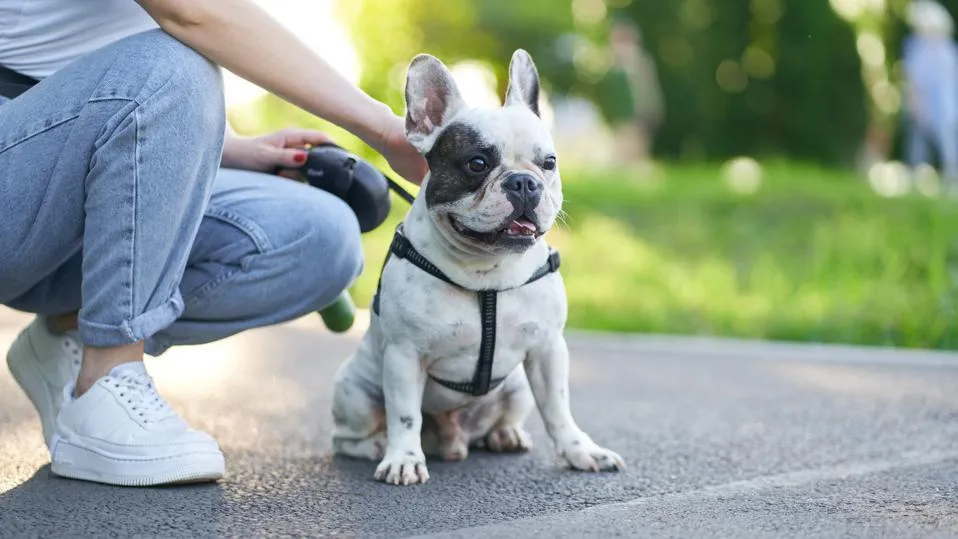The Redbone Coonhound is a remarkable American breed that combines elegance, power, and an exceptional sense of smell.
These dogs are known for their striking red coats and their incredible ability to track and tree raccoons and other game.
But there’s so much more to these beautiful hounds than meets the eye.
Let’s dive into the fascinating world of the Redbone Coonhound and discover why they’re such a beloved breed among hunters and families alike.
The Rich History of the Redbone Coonhound
Origins and Development
The Redbone Coonhound’s story begins in the late 18th century in the southern United States.
Bred primarily for hunting, these dogs were developed from red foxhounds brought over by Scottish immigrants.
Early breeders focused on creating a dog with a solid red coat, which eventually led to the distnictive appearance we see today.

Rise to Prominence
It wasn’t until the 1800s that the Redbone Coonhound really started to gain recognition.
The breed was officially recognized by the United Kennel Club in 1902, but it took much longer for the American Kennel Club to follow suit.
In fact, the AKC didn’t officially recognize the breed until 2009!
Physical Characteristics
Appearance
Redbone Coonhounds are muscular, medium-to-large sized dogs with a sleek, athletic build.
Their most striking feature is undoubtedly their beautiful red coat, which can range from light copper to deep mahogany.
These dogs have long, floppy ears and soulful brown or hazel eyes that give them an endearing, almost mournful expression.
Size and Weight
Male Redbone Coonhounds typically stand 22-27 inches tall at the shoulder and weigh between 50-70 pounds.
Females are slightly smaller, usually measuring 21-26 inches and weighing 45-65 pounds.
Despite their size, these dogs are incredibly agile and can move with surprising speed and grace.

Temperament and Personality
At Home
Contrary to what you might expect from a hunting dog, Redbone Coonhounds are generally mellow and even-tempered at home.
They’re known for being affectionate with their families and patient with children.
In my experience, my Redbone Coonhound, Rusty, is the perfect couch potato when he’s indoors – always ready for a cuddle or a nap.
On the Trail
However, don’t let their laid-back home demeanor fool you.
Once these dogs catch a scent, they transform into tireless hunters.
Their stamina and determination are truly impressive.
I’ve seen Rusty track a raccoon for hours without showing any signs of fatigue.
Social Nature
Redbone Coonhounds are generally friendly with other dogs and even strangers.
They were bred to work in packs, so they typically get along well with other canines.
However, their strong prey drive means they might not be suitable for homes with small pets like cats or rabbits.

Training and Exercise Needs
Training Challenges
Training a Redbone Coonhound can be a bit of a challenge.
These dogs are intelligent, but they can also be stubborn and independent.
Consistency and patience are key when working with this breed.
Positive reinforcement methods tend to work best, as these dogs respond well to praise and treats.
Exercise Requirements
Redbone Coonhounds have high energy levels and require plenty of exercise.
A daily walk isn’t enough for these athletic dogs – they need opportunities to run and explore.
Ideally, they should have access to a large, fenced yard where they can burn off energy.
Activities like hiking, swimming, and of course, hunting, are perfect for keeping a Redbone Coonhound happy and healthy.

Health Considerations
Common Health Issues
Like all breeds, Redbone Coonhounds are prone to certain health issues.
Some of the conditions to watch out for include:
- Hip dysplasia
- Eye problems (such as progressive retinal atrophy)
- Ear infections (due to their long, floppy ears)
- Hypothyroidism
Lifespan
With proper care, Redbone Coonhounds typically live between 11-12 years.
Regular vet check-ups, a balanced diet, and plenty of exercise can help ensure your Redbone Coonhound lives a long, healthy life.

Grooming Needs
Fortunately, Redbone Coonhounds are relatively low-maintenance when it comes to grooming.
Their short, smooth coat requires only occasional brushing to remove loose hair and distribute skin oils.
However, their ears need regular cleaning to prevent infections, and their nails should be trimmed regularly.
The Redbone Coonhound as a Family Pet
While primarily bred for hunting, Redbone Coonhounds can make excellent family pets for the right households.
They’re loyal, affectionate, and generally good with children. However, potential owners should be prepared for their high energy levels and exercise needs.
These dogs also have a tendency to bay and howl, especially when they catch an interesting scent.
This can be problematic in suburban or urban environments.
Famous Redbone Coonhounds
One of the most famous Redbone Coonhounds in literature is Old Dan from the novel “Where the Red Fern Grows” by Wilson Rawls.
This beloved story has introduced many people to the breed and showcases their loyalty and hunting prowess.
Conclusion: Is a Redbone Coonhound Right for You?
Redbone Coonhounds are magnificent dogs with a rich history and unique personality.
They’re loyal, affectionate, and incredibly skilled hunters. However, they’re not the right fit for everyone.
If you’re an active person with plenty of outdoor space and time for exercise and training, a Redbone Coonhound could be a wonderful companion.
But if you live in a small apartment or don’t have the time for long walks and outdoor activities, you might want to consider a different breed.
Remember, owning any dog is a big responsibility. Before bringing a Redbone Coonhound into your life, make sure you’re prepared for the commitment.
With the right care and attention, these beautiful red hounds can be loving and loyal companions for many years to come.
So, what do you think? Are you ready to welcome a Redbone Coonhound into your life? Share your thoughts and experiences in the comments below!

Breed information
| Characteristic | Information |
|---|---|
| Breed Name | Redbone Coonhound |
| Origin | United States |
| Group | Hound Group (AKC) |
| Height | Males: 22-27 inches (56-69 cm); Females: 21-26 inches (53-66 cm) |
| Weight | 45-70 pounds (20-32 kg) |
| Coat | Short, smooth, and shiny coat |
| Colors | Solid red; may have a small amount of white on the chest or feet |
| Lifespan | 12-14 years |
| Temperament | Friendly, affectionate, and laid-back; known for their loyal and even-tempered nature |
| Energy Level | High; enjoys outdoor activities and has high endurance |
| Exercise Needs | High; requires daily exercise such as long walks, runs, or time in a large, secure yard |
| Trainability | Intelligent but can be independent and strong-willed; requires consistent, positive reinforcement |
| Intelligence | Moderately intelligent; excels in tracking and hunting, but can be stubborn in obedience training |
| Good with Children | Very good with children; gentle and playful, making them excellent family companions |
| Good with Other Pets | Generally good with other dogs, especially hounds; may have a strong prey drive around smaller animals |
| Shedding | Moderate shedding; regular brushing helps manage loose hair |
| Grooming Needs | Low grooming needs; occasional brushing and regular ear cleaning are important due to their floppy ears |
| Barking Level | High; known for their distinctive “bay” when on a trail or when excited |
| Space Requirements | Best suited for homes with a yard or access to outdoor space; not ideal for apartment living unless given ample outdoor exercise |
| Socialization | Requires early socialization to ensure friendly and well-rounded behavior |
| Health Issues | Prone to hip dysplasia, ear infections (due to floppy ears), and potential eye issues |
| Diet | Requires a high-quality diet; portion control is important, as they can be prone to overeating |
| Affection Level | Very affectionate and loyal; enjoys being around family members |
| History | Developed in the United States in the 19th century as a hunting dog for raccoons and other small game |
| AKC Recognition | Recognized by the American Kennel Club in 2009 |
| Ideal Living Conditions | Best suited for active families or individuals with access to outdoor spaces; enjoys outdoor activities like hiking and running |
| Notable Characteristics | Known for their strong hunting instincts, distinctive red coat, and impressive tracking abilities |
| Best Activities | Excels in hunting, tracking, hiking, and other outdoor activities that engage their sense of smell |
| Suitability for First-Time Owners | Suitable for first-time owners if they are prepared for their high energy level and independent nature |
| Protective Nature | Not overly protective but makes a good watchdog due to their loud bark |
| Playfulness | Very playful; enjoys interactive games and outdoor activities |
Sources:
- American Kennel Club (AKC): Redbone Coonhound Information
- DogTime: Redbone Coonhound Breed Information
- The Kennel Club: Redbone Coonhound Breed Standard

















